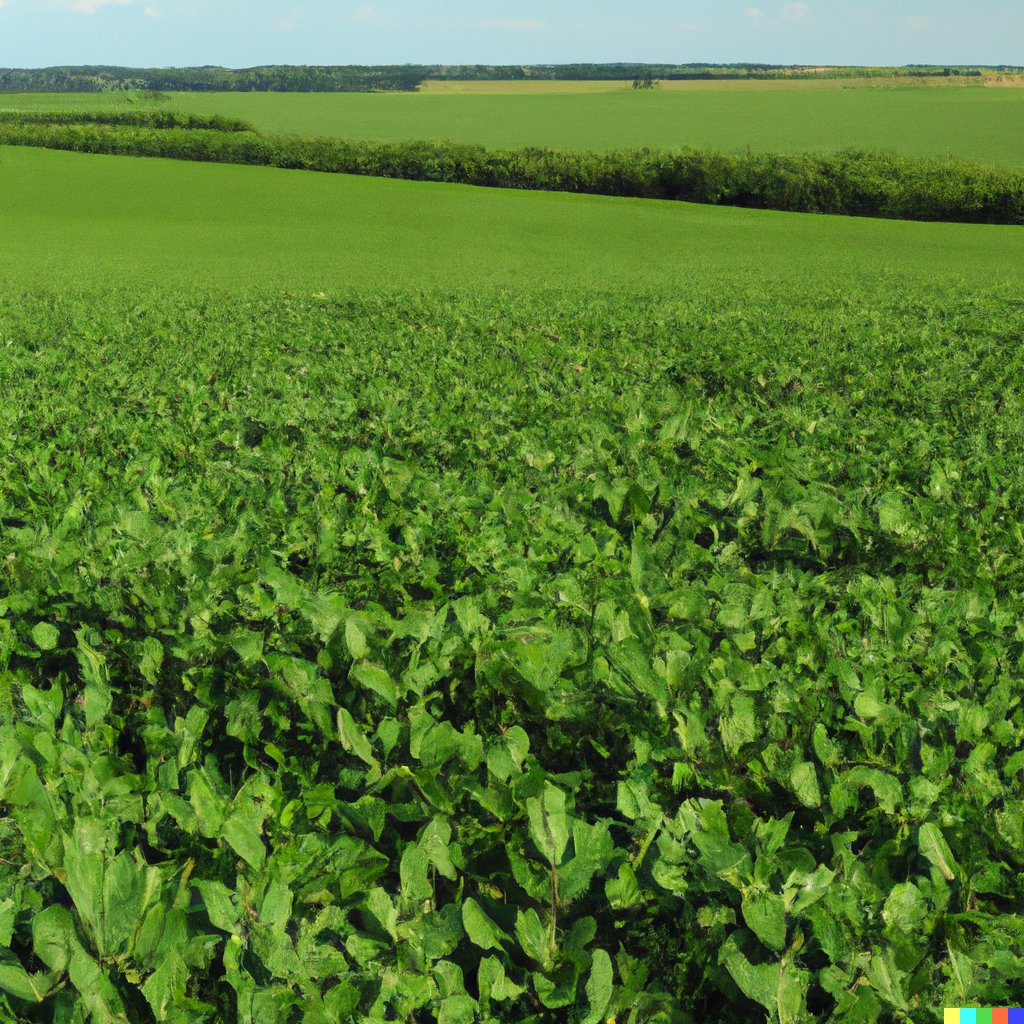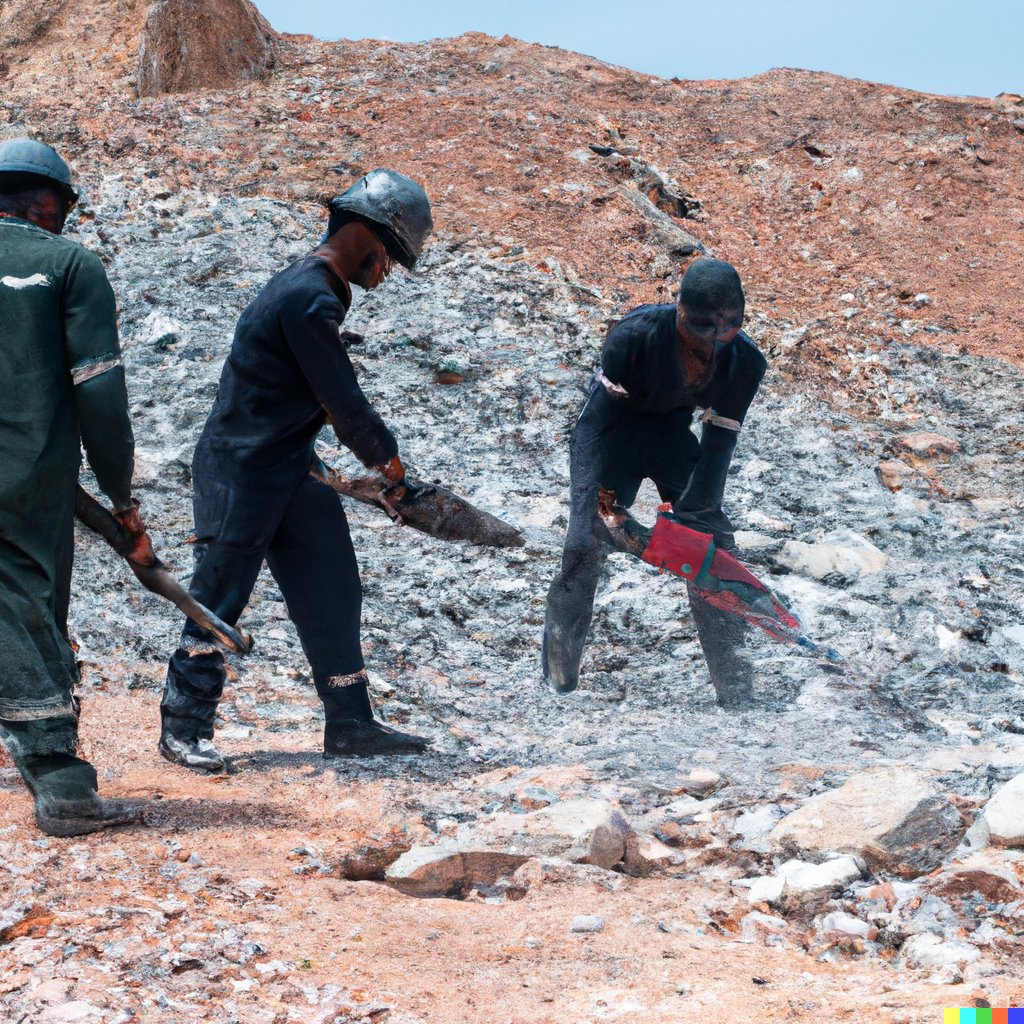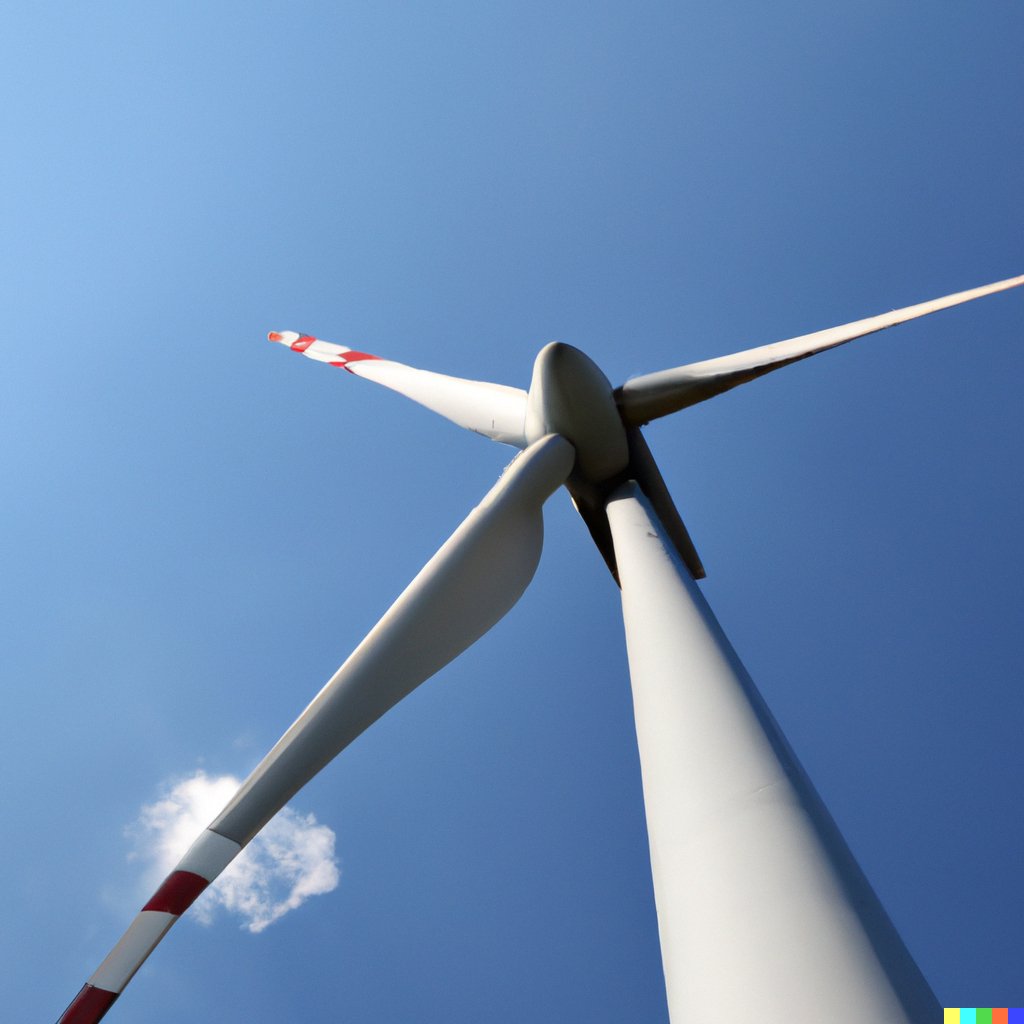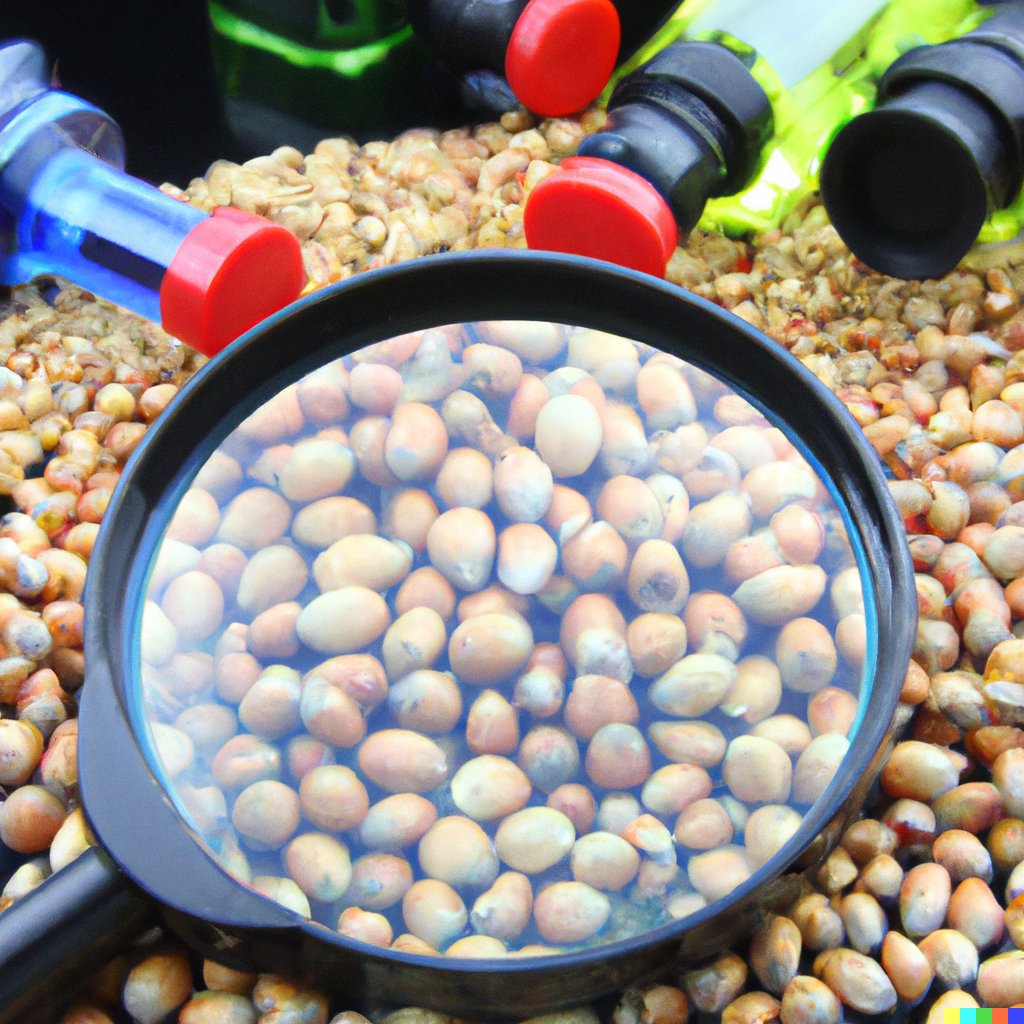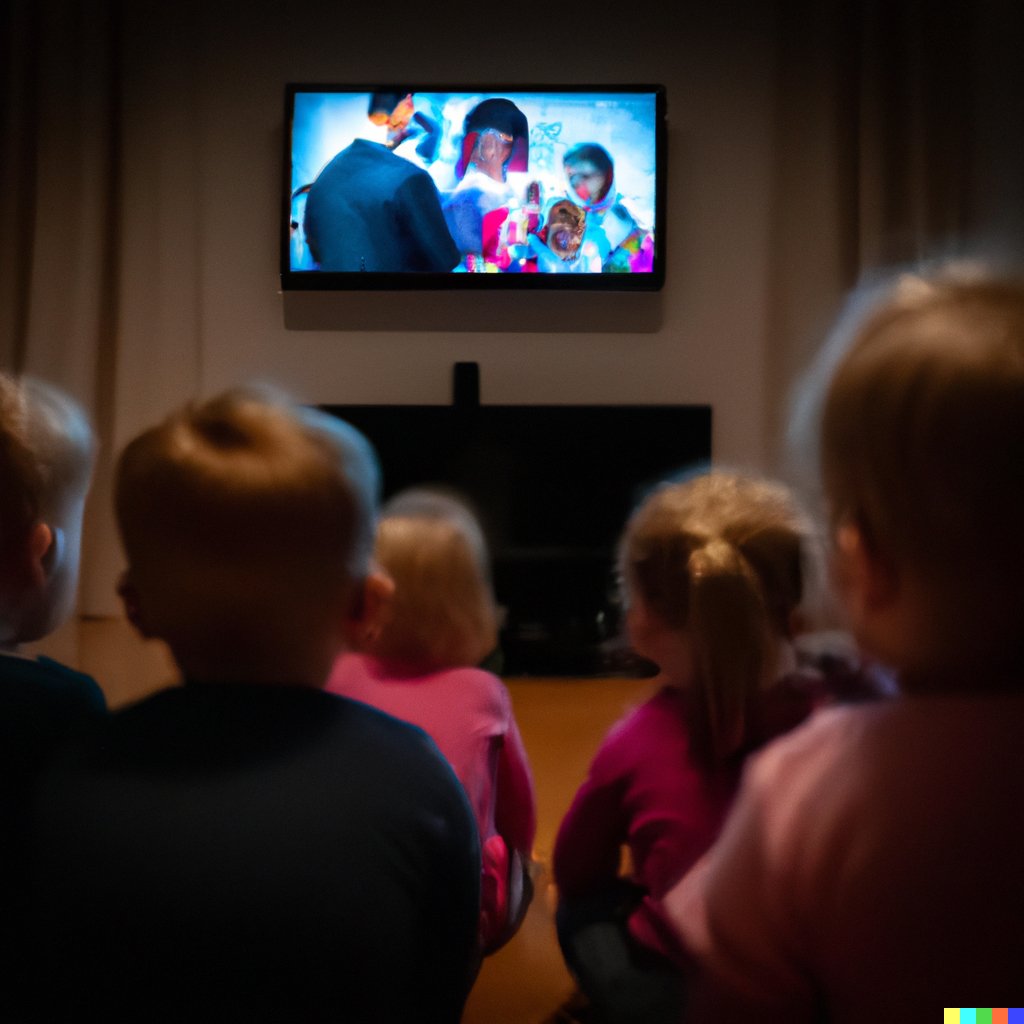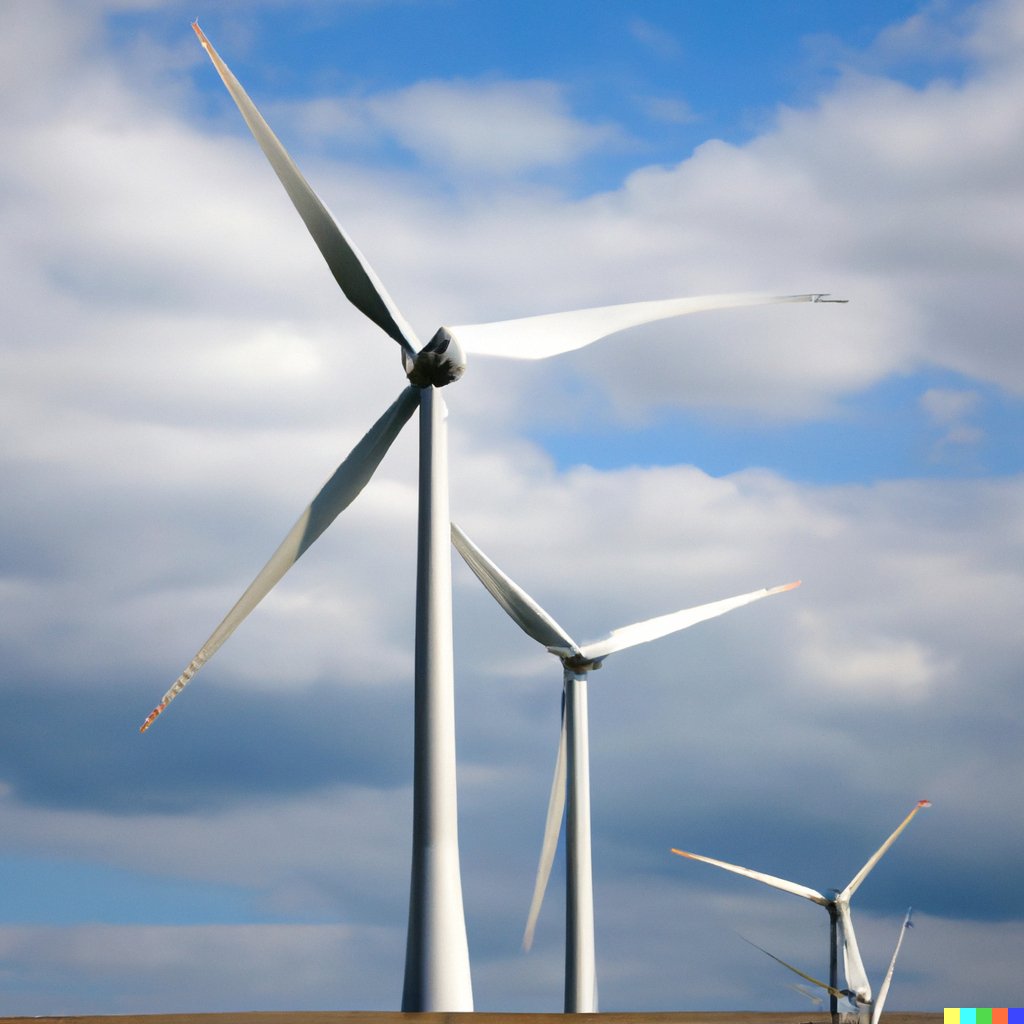
Attention all environmental enthusiasts and energy consumers! Are you aware of the controversy surrounding wind energy and its potential negative impacts? As we strive for a greener future, it's crucial to understand the multidimensional effects of this renewable resource. Join us as we delve into the complexities of wind energy and its impact on our planet.
Bird and Bat Mortality Due to Wind Turbines
Wind turbines can be deadly to birds and bats. Collisions with blades and taller turbine structures have been a cause for concern. Migratory birds are especially at risk. Nesting near turbines increases the chance of fatalities, too. Studies show that raptors and waterfowl are more susceptible.
It is essential to consider the habits and flight patterns of avian species. This could help when selecting turbine locations. Strategies, like pre-construction assessments and radar tech plus real-time data analysis, can reduce bird and bat mortality while still using wind energy. This balance is key for preserving these vulnerable creatures.
Habitat Fragmentation Caused by Wind Farms
Wind Farms: The Disruption of Our Ecological Habitats
The setup of wind farms brings a major risk to our interconnected, local ecosystems. Construction and running of wind turbines can lead to habitat fragmentation. This affects wildlife migration patterns and biodiversity.
Installing these structures needs large land clearing. This leads to destruction or changing of crucial habitats. The noise made by wind turbines can disturb animal populations, making the environment disruption worse.
For example, a pristine forest area had a wind farm built. The once connected forest ecosystem is now split into several patches due to the construction of tall wind turbines. This makes it harder for species to move and disperse, disrupting their natural behaviors and ecological connections. This can make processes like pollination and seed dispersal harder, which has a knock-on effect on plant communities and wildlife populations.
No more peaceful countryside scenes; just the reminder of your renewable energy guilt in the form of towering wind turbines!
Noise and Visual Impact of Wind Turbines
Noise pollution can come from wind turbines, negatively affecting the environment. These turbines can change the landscape, disturbing scenic views and reducing aesthetic value. Additionally, close residents may suffer from lower quality of life due to the noise.
The WHO suggests that prolonged exposure to wind turbine noise can lead to annoyance, sleep disturbances, and reduced cognitive performance.
Wind farms provide sustainable energy, but they can also make cows look like they're dancing!
Land Use and Agricultural Impact of Wind Farms
Wind turbines can drastically alter the visual appeal of landscapes, creating a pinwheel-on-steroids effect. This has an impact on agritourism, and may even affect property values in rural areas.
Large-scale wind projects have a major effect on land use and agricultural activities in the area. Allocating land for wind farms leads to a decrease in available farmland and can disrupt farming operations like planting and harvesting.
Renewable energy sources help reduce greenhouse gas emissions, but these benefits must be weighed against the potential negative effects on agricultural productivity and rural communities. Developers must consider strategies to minimise land use conflicts, such as placing wind farms away from prime agricultural lands or compensating affected farmers.
A farmer from a small town shared his experience when a wind farm was built near his farm. He explained how it disrupted daily farming operations, impacting crop yields and income. He recognised the importance of renewable energy, but emphasised the need for better communication between developers and local farmers.
To ensure sustainable development, it's vital to comprehend the delicate balance between renewable energy and preserving agricultural resources. Allocating land resources properly and involving local communities are essential for mitigating the possible negative effects of large-scale wind projects on agriculture.
Aesthetics and Cultural Heritage Concerns
Wind turbines have caused heated discussions concerning their visual presence, with worries over the preservation of cultural heritage and historical sites. These qualms stem from the impact that wind energy developments could have on the landscape aesthetics and cultural importance. To ensure a balance between environmental advantages and the preservation of culture, the design and placement of wind farms must be considered.
The visual effect of wind turbines has been questioned in regards to their compatibility with the surrounding area and historical monuments. Detractors assert that these towering structures can mar natural beauty in areas where scenic views and culturally significant sites are of value. The juxtaposition of modern technology and traditional aesthetics leads to debates over how to best incorporate renewable energy sources while safeguarding cultural legacies.
Addressing these issues requires a considerate approach that takes into account both the need to shift towards clean energy sources and the significance of historical sites. This involves conducting comprehensive assessments to pinpoint potential clashes between wind energy projects and culturally rich landscapes. By involving the local community, experts can work together to locate suitable spots for wind farms that minimize visual obstructions and honor cultural heritage.
Pro Tip:
It is essential to communicate with stakeholders early on when constructing wind energy projects, to effectively tackle any aesthetic or cultural disputes. By maintaining an open dialogue, mutual understanding can be achieved and a harmony between utilizing renewable energy and preserving our cultural history can be reached. Wind turbines: Providing clean energy and a constant reminder to never turn our backs on Mother Nature.
Electromagnetic Interference from Wind Turbines
Wind turbines can be both a boon and a bane. On the one hand, they offer clean energy solutions; on the other, they can cause electromagnetic interference.
This interference can disrupt electronic devices and communication systems. Radio signals can also be adversely affected, compromising the reliability and quality of wireless communication.
The consequences can be far-reaching, from everyday activities to critical infrastructures like aviation and emergency services.
It's crucial for wind turbine developers to take steps to reduce the interference. These include implementing shielding techniques, planning turbine positioning relative to sensitive areas, and considering the design's impact on electromagnetic fields.
Let us strive to achieve a balance between environmental benefits and technological stability.
Environmental Impact of Wind Turbine Construction
Wind turbine construction has major environmental effects. Soil disturbance leads to erosion and can disrupt land ecosystems. Installation can harm water ecosystems too, from sediment runoff. Plus, carbon emissions happen during manufacturing and transportation. To reduce these effects, maintenance and careful site selection are key.
We must consider and address the environmental consequences of wind energy for a sustainable future. To do this, use eco-friendly materials in construction and reduce carbon emissions. This way, we can make the most of wind energy's advantages, while minimizing its damaging effects.
Act now to protect wildlife habitats and natural resources. Support research into better construction practices. Engage with industry leaders to make a positive difference for our environment. Don't let wind energy blow away local jobs or create ghost town vibes.
Economic and Social Impact on Local Communities
The economic and social impact of wind energy projects on local communities is an important factor to consider. It affects community views, property values, and livelihoods - generating social concerns.
Local communities are vital for the successful implementation of wind energy projects. Their perspectives can lead to effective decision-making. However, these projects can also reduce property prices. Research suggests that living near wind turbines may have a negative effect.
The economic benefits of wind energy may not always benefit local people. While job creation and revenue generation are often seen as good outcomes, it is important to find out if these benefits reach individuals or just certain groups.
One example of the economic and social impact on local communities is a small town that had wind turbines built nearby. Initially, there was hope of economic growth and job chances. But over time, residents raised worries about noise, visual disruption, and potential health effects. This created tension and debates about the trade-offs between clean energy and local well-being.
In conclusion, understanding the economic and social impact on local communities is necessary for a sustainable transition to renewable energy sources like wind power. This means taking into account factors such as property values, job creation, and addressing social issues in a comprehensive way. Additionally, energy storage and grid integration challenges must be tackled - as nothing says 'renewable' like a dependable power grid.
Energy Storage and Grid Integration Challenges
The demand for renewable energy is on the rise, making addressing intermittent wind energy a must. Issues like energy storage and grid challenges arise, needing innovative strategies and efficient management to seamlessly integrate wind power into existing power systems.
The main problem with wind energy is its fluctuating power output. Unlike traditional sources like fossil fuel plants, turbines only generate electricity when there's enough wind. This variability makes it hard to meet consumer demands consistently.
Advanced energy storage can help tackle this challenge. Large-scale battery systems store excess electricity during high-wind times and release it when electricity demand is greater than supply. This makes the power supply smoother and more consistent.
Another issue with grid integration is effectively managing the transmission and distribution infrastructure for renewable energy sources like wind power. Upgrades and modifications are needed for the existing grid infrastructure to handle large-scale injection of intermittent renewable energy.
Smart grid technologies also aid in integrating wind power into the grid. Real-time data analytics and automation enable operators to minimize curtailment of wind power and optimize grid management.
Mitigation Strategies for Wind Energy Effects
Table below shows essential strategies for mitigating the effects of wind energy:
| Strategy | Description |
|---|---|
| Siting Assessments | Carefully choose potential wind farm sites to minimize impacts on ecosystems and endangered species. |
| Wildlife Monitoring | Monitor bird and bat populations regularly to understand their behavior and take steps to prevent or mitigate collisions with wind turbines. |
| Community Engagement | Talk to local communities during development process to address concerns, promote public acceptance, and work together on solutions that benefit everyone. |
| Maximizing Environmental Benefits | Use energy-efficient turbine designs, reduce noise pollution, and properly decommission old turbines to maximize the positive environmental impact of wind energy. |
These strategies should be used continually during the lifespan of a wind energy project to ensure sustainability. By planning, monitoring, and involving the community, we can combine renewable energy sources like wind power and preserving our natural environment.
Wind energy mitigation has advanced since its beginning. Initially, mitigation efforts concentrated on avoiding protected areas during site selection. But, as knowledge grew about the possible impacts of wind turbine collisions and habitat fragmentation, extra steps like wildlife monitoring programs were added. This evolution shows commitment to improve mitigation strategies and pursue responsible development practices.
Wind energy and wildlife conservation is like trying to juggle flamingos and turbine blades - deciding between saving feathered friends and producing clean energy.
Wind Energy and Wildlife Conservation Efforts
Wind turbines should be placed with care, to minimize impacts on wildlife habitats and migration routes. Technology is ever-evolving, making wind energy quieter, safer for birds and bats.
Collaborative efforts help restore natural habitats around wind farms, creating crucial ecological niches for species. Monitoring is key for successful conservation efforts, enabling adaptive management strategies. Achieving the right balance between wind energy production and wildlife preservation is essential for sustainable practices that benefit everyone.
Pro Tip: Monitor bird and bat activity near wind turbines to identify risks and inform targeted conservation efforts. Wind turbines: adding beauty to a concrete jungle and a sweet lullaby to the sound of chaos.
Visual and Auditory Effects of Wind Turbines
Wind turbines have a big impact on sight and sound. Let's investigate how so.
Visual Impact:
- Structures tower over the landscape.
- Rotating blades can be seen from far away.
- Shadow flickering at sunrise or sunset.
Noise Effects:
- Continuous low-frequency noise like a hum.
- Intermittent high-frequency noise from air pockets.
- Background noise level increase in residential areas.
As turbine design advances to decrease visual impact and noise, environmental aesthetics must be kept in mind when developing wind energy. Don't forget to consider visuals and sound when exploring wind energy impacts! Balance is key for renewable energy and a sustainable future.
Yet, as these turbines crop up, Nature's sighs transform into agonizing howls.
Land Allocation and Ecosystem Balance
Demand for renewable energy rises. It's essential to consider the effect of wind farm development on land use and ecology. Land management plays a significant role in keeping ecological harmony.
Let's examine a table which shows land use percentage. It reveals the struggle for land resources and the need for thoughtful planning when building wind farms.
| Land Use | Percentage |
|---|---|
| Protected Areas | 20% |
| Agriculture | 40% |
| Urban Development | 25% |
| Industrial Activities | 10% |
| Infrastructure | 5% |
The data emphasizes the importance of making wise decisions to maintain ecosystem balance. As space for wind farms is limited, careful decision-making is necessary.
Besides land allocation, other details must be taken into account. This includes assessing impacts on wildlife migration, protecting endangered species habitats, and limiting soil erosion during construction and operation. Ensuring these considerations are integrated into the planning process helps maintain ecological balance.
To reduce the damaging effects of wind energy on ecosystems, several suggestions can be made:
- Conduct thorough environmental impact assessments before project approval to determine potential risks and create mitigation strategies.
- Incorporate buffer zones around sensitive ecological areas to shield from turbine disturbances.
- Research and develop eco-friendly construction techniques and turbine designs to minimize environmental damage.
By applying these suggestions, we can have the benefits of wind energy while preserving our delicate ecosystems. Sustainable land use and wise planning guarantee that wind farm development is compatible with our environment's needs. The only noise from wind energy projects is of neighbors complaining about the constant whooshing.
Community Involvement in Wind Energy Projects
Community participation in Wind Energy Development is of utmost importance. Five key points to highlight this include:
- Building positive public opinion by addressing local concerns.
- Involving community members as stakeholders.
- Providing economic benefits through job creation, taxes, and lease payments.
- Effective communication for establishing trust.
- Ensuring project aligns with local needs and values.
To further enhance community involvement, some suggestions are:
- Holding public meetings or workshops.
- Inclusive decision-making processes.
- Partnering with local organizations and educational institutions.
- Offering incentives or opportunities for local residents to participate financially.
- Establishing long-term relationships with the community.
These measures can lead to successful and sustainable wind energy projects. Renewable energy transition is greatly impacted by wind power. Mother Nature decides when and how hard to blow, potentially damaging wildlife and your perfect windmill selfie!
Renewable Energy Transition and Wind Power
The craving for sustainable energy has spurred a noteworthy rise in the usage of wind power. This transition to renewable sources is encouraged by the demand for clean energy solutions and a decrease in environmental harm.
Wind power has a paramount role in obtaining a sustainable future, with it delivering around 30% of the worldwide renewable energy. Its significance comes from its capacity to utilize natural resources, reducing reliance on non-renewable energy such as fossil fuels.
The International Renewable Energy Agency (IRENA) reveals that wind power installations have increased by more than 50% in the past five years. A table below highlights the role of wind power in the renewable energy transition:
| Renewable Energy Sources | Percentage Contribution |
|---|---|
| Wind Power | 30% |
| Solar Power | 20% |
| Hydro Power | 25% |
| Biomass | 15% |
| Geothermal | 10% |
What are the damaging effects of wind energy on the environment?
Wind energy is considered to be a more environmentally friendly alternative to traditional fossil fuels. However, there are some damaging effects that need to be considered. These include bird and bat mortality, noise pollution, and visual impacts.
How does wind energy affect bird and bat populations?
The spinning blades of wind turbines can pose a danger to birds and bats, causing collisions that result in mortality. This is a concern for some endangered species and migratory birds. However, studies have shown that the impact on overall bird populations is minimal compared to other human-related causes of bird deaths.
Is noise pollution a problem with wind energy?
Wind turbines do produce some noise, which can be a concern for nearby residents. However, modern turbines have significantly reduced noise levels and are typically only audible within a few hundred feet. Noise pollution can also be mitigated by proper siting and placement of turbines.
What are the visual impacts of wind energy?
Some people may find the sight of large wind turbines to be visually unappealing. This can be a concern for those living near wind farms or scenic areas. However, many people also find them to be a symbol of renewable energy and a step towards a cleaner future. Proper siting and design can also help minimize visual impacts.
How can we balance the environmental benefits and damaging effects of wind energy?
It is important to carefully consider the location and design of wind energy projects to minimize their negative impacts on the environment. This can include avoiding sensitive bird and bat habitats, properly siting turbines to reduce noise and visual impacts, and implementing mitigation measures. Additionally, investing in research and technology can help improve the efficiency and sustainability of wind energy.
Is wind energy still a more environmentally friendly option despite its damaging effects?
Overall, wind energy is still considered to be a more environmentally friendly option compared to traditional fossil fuels. While it does have some negative impacts, these can be mitigated and are often outweighed by the benefits of reducing carbon emissions and promoting renewable energy. It is important to continue finding ways to balance the environmental benefits and damaging effects of wind energy to create a more sustainable future.







